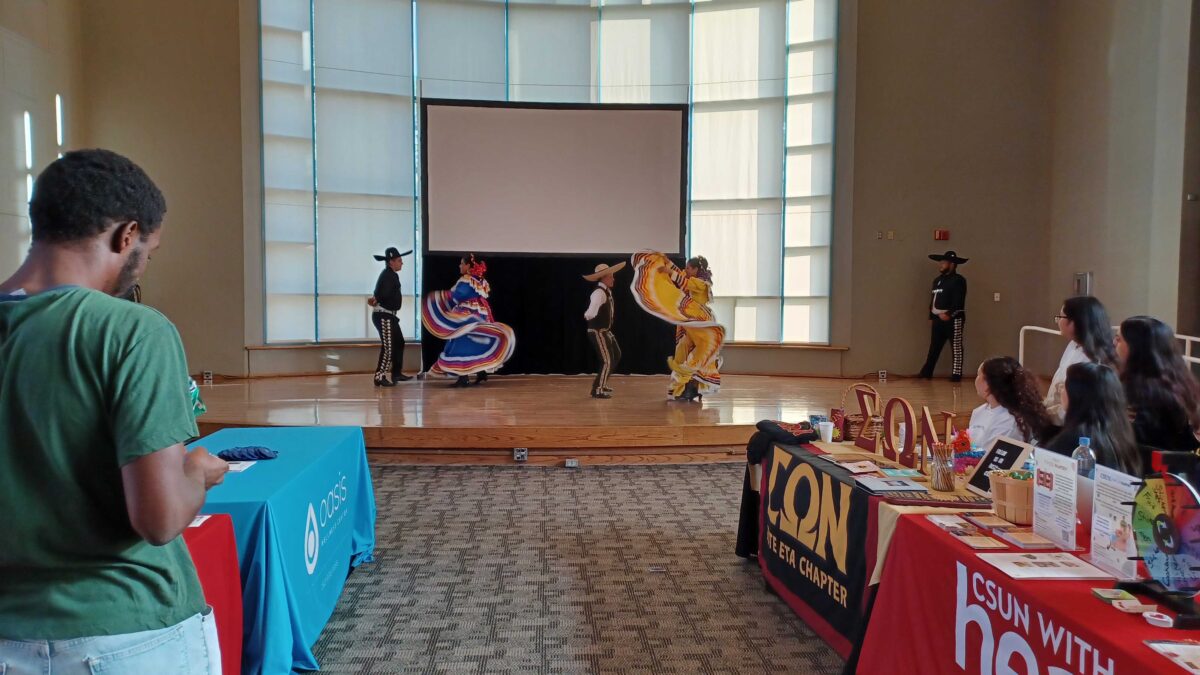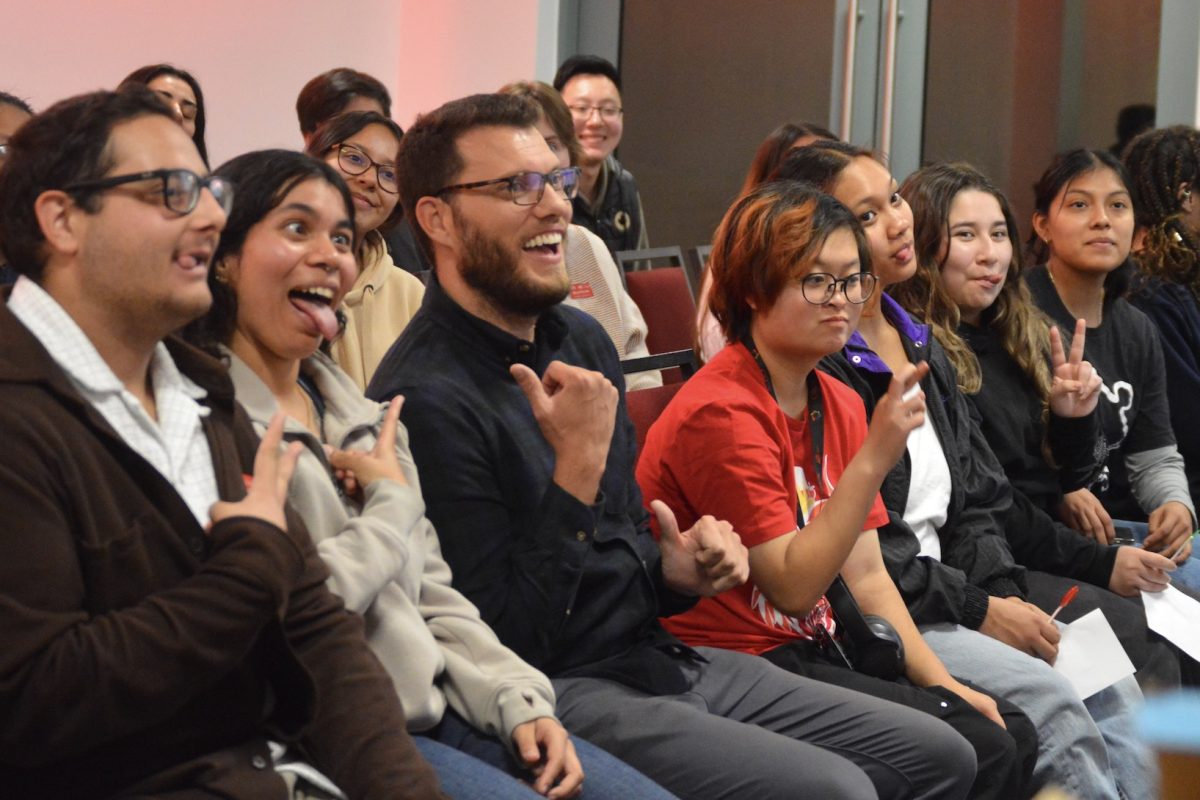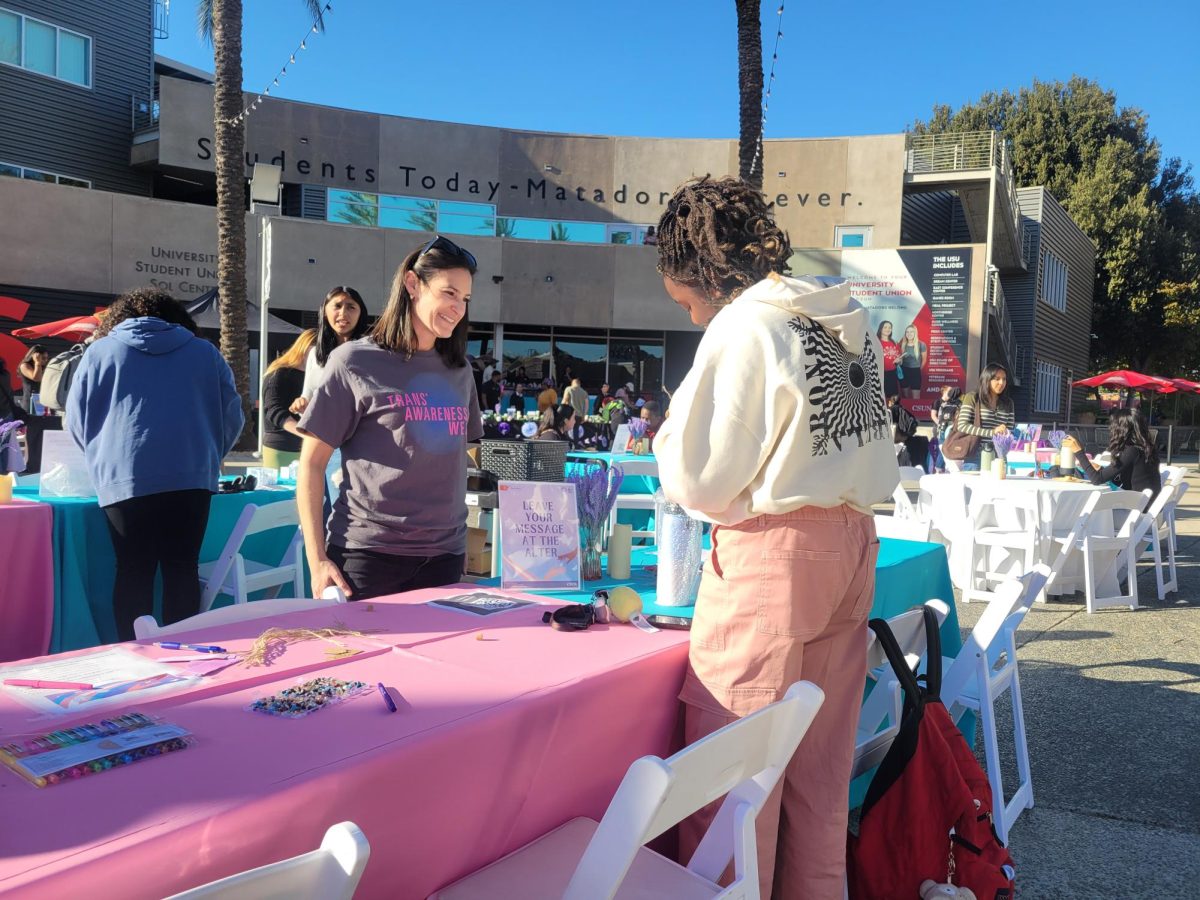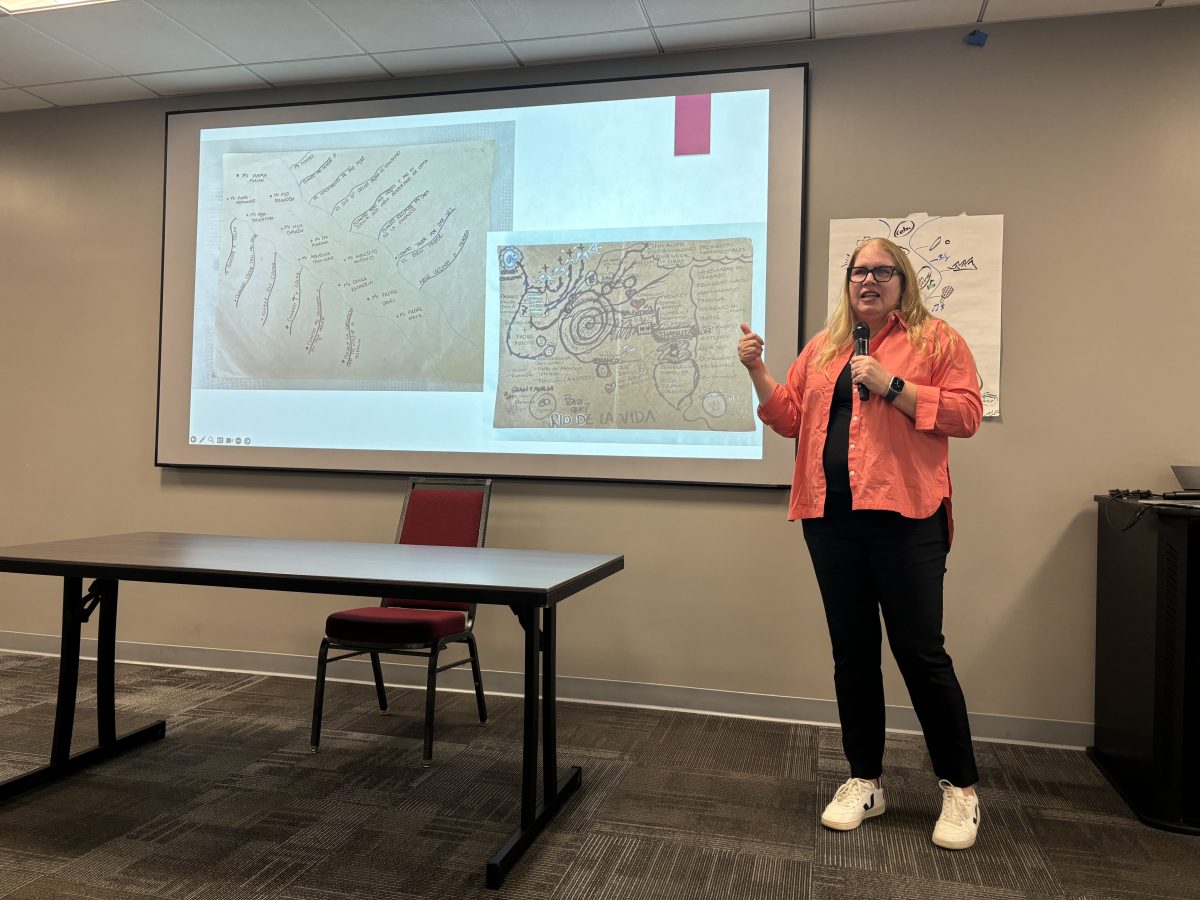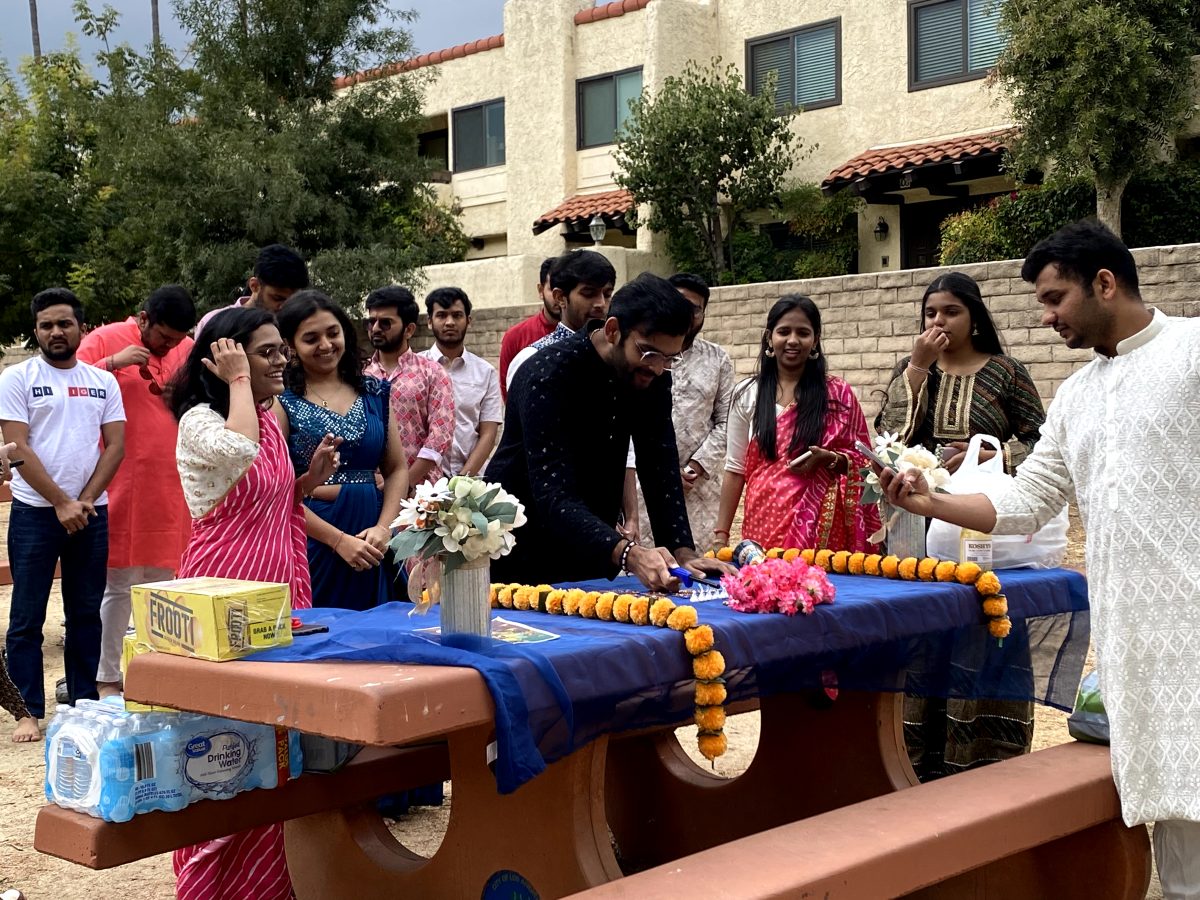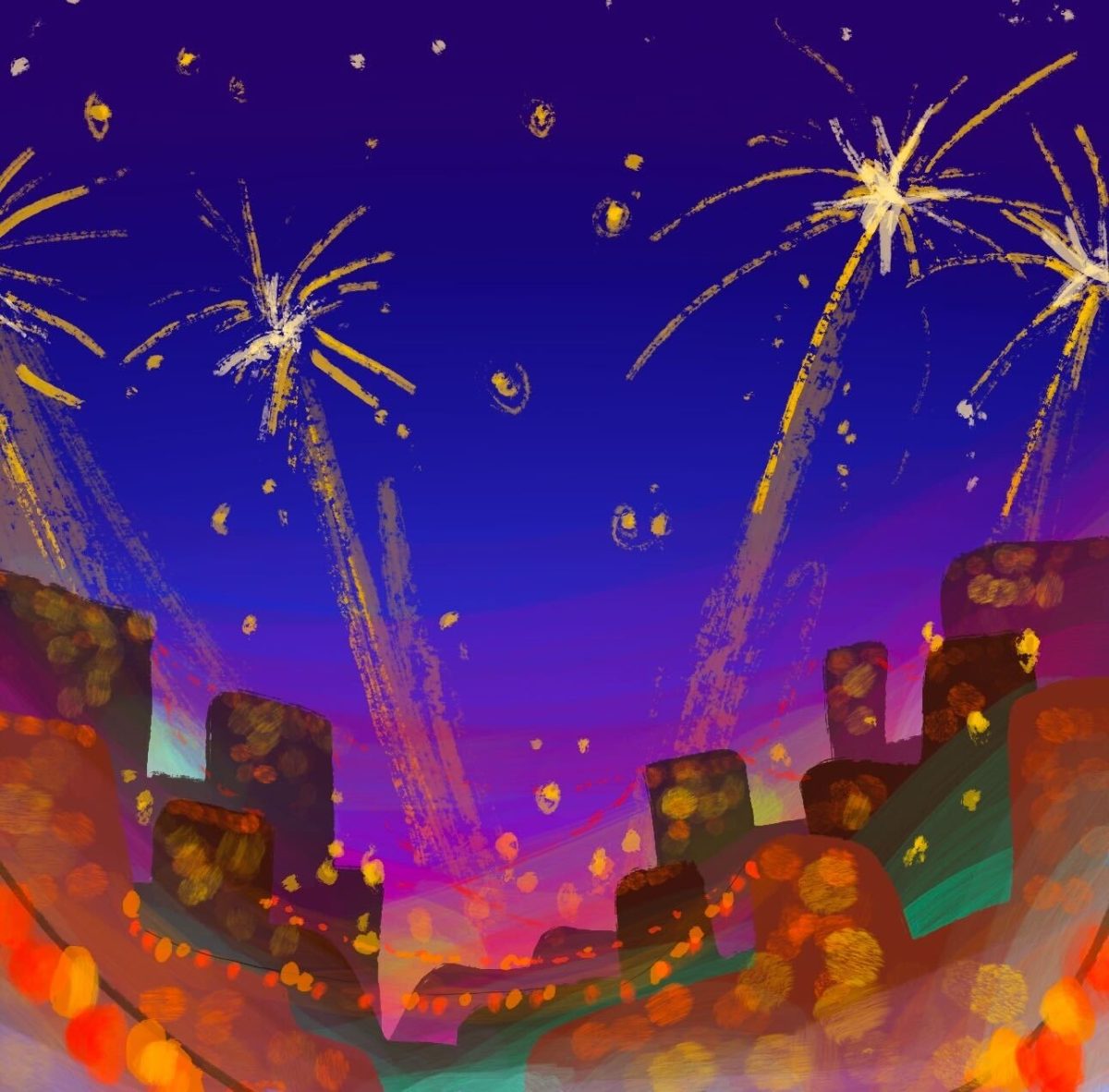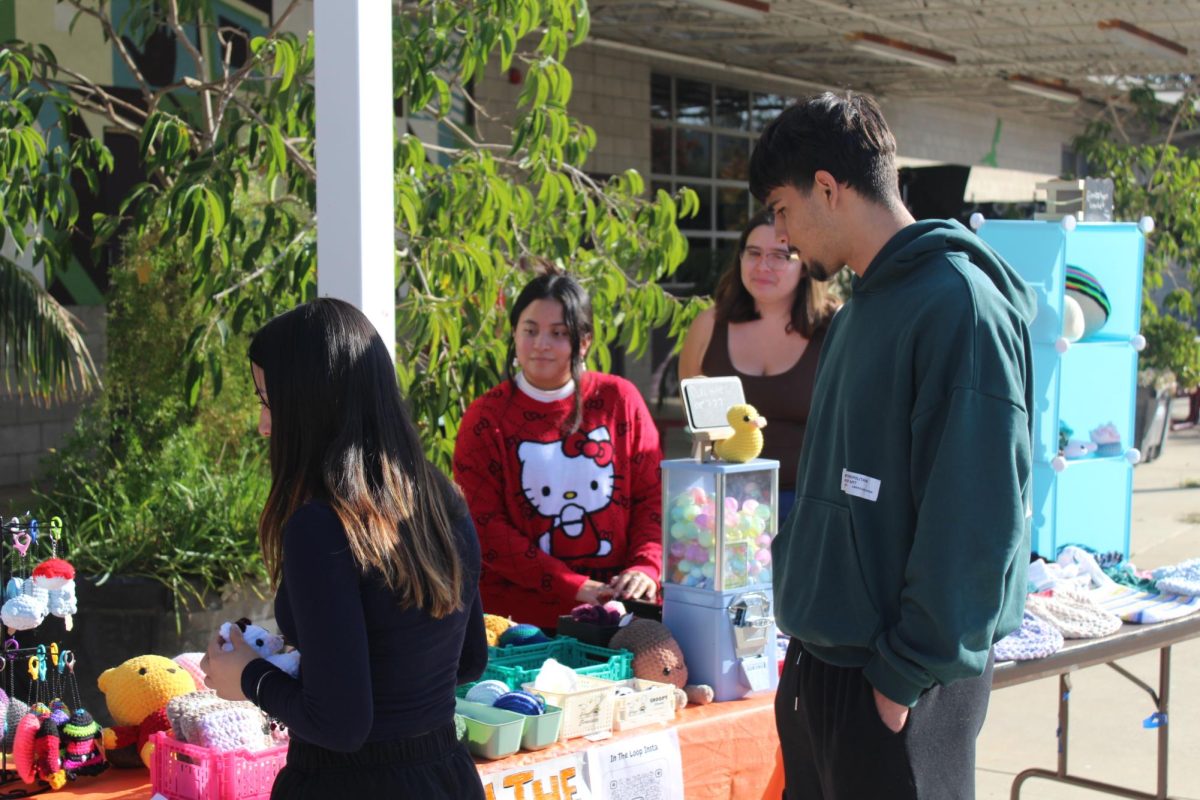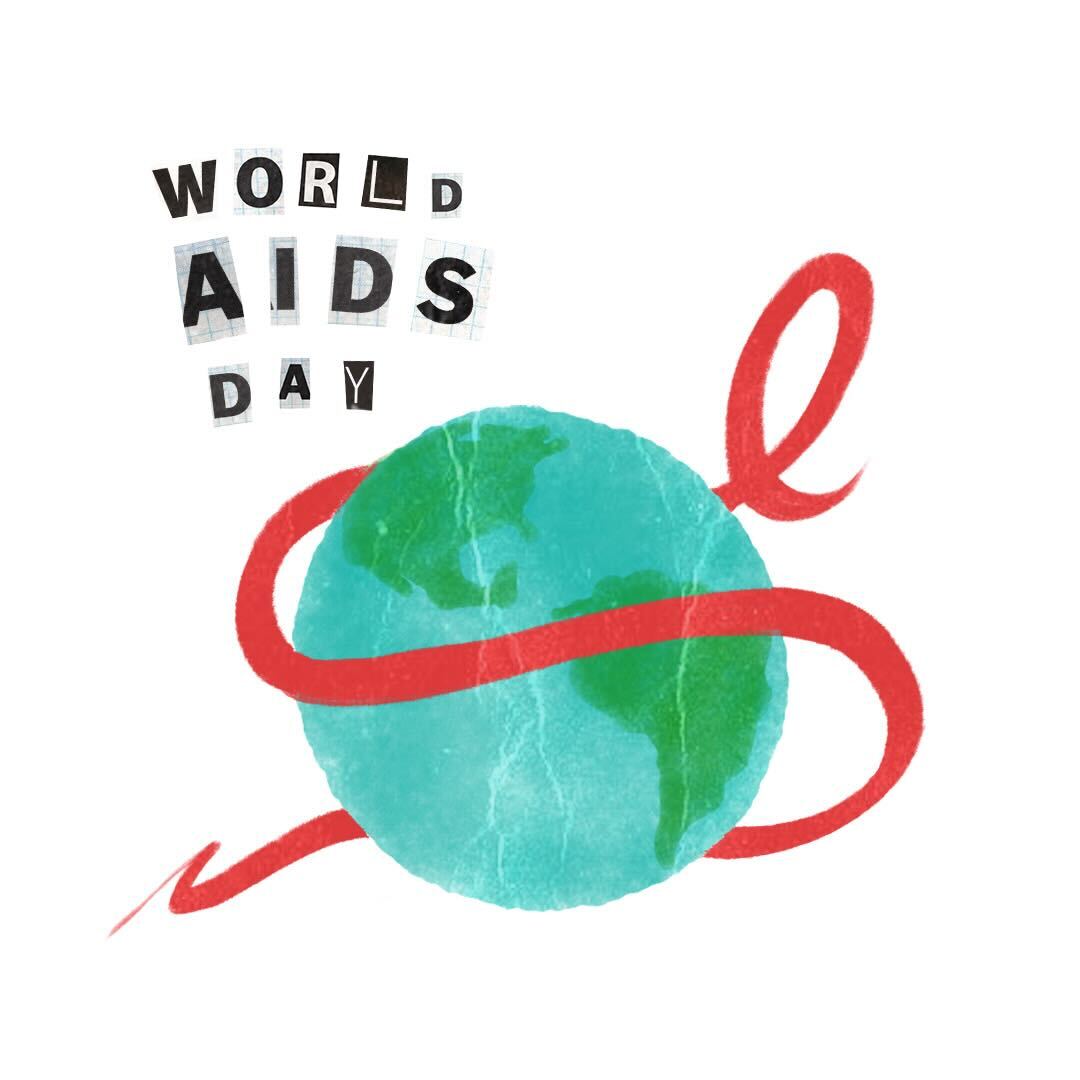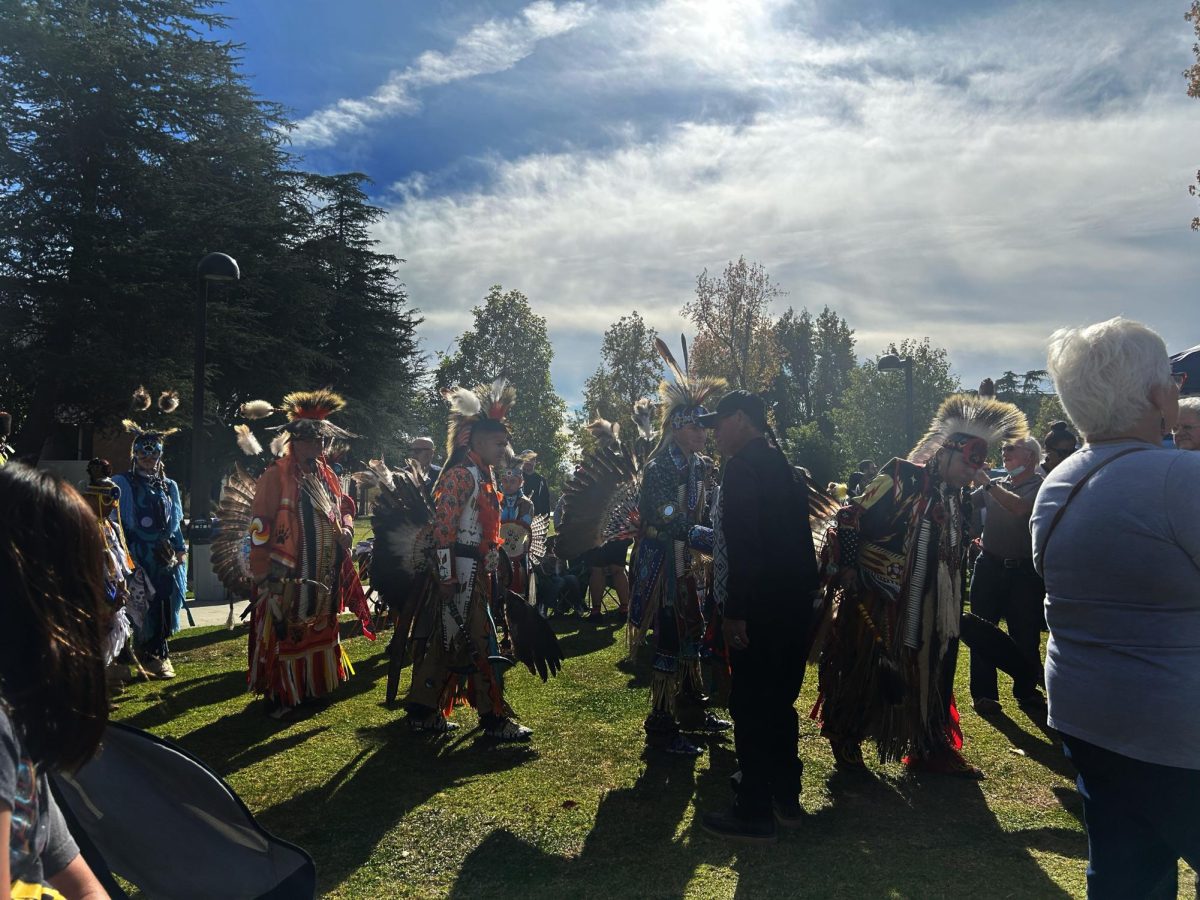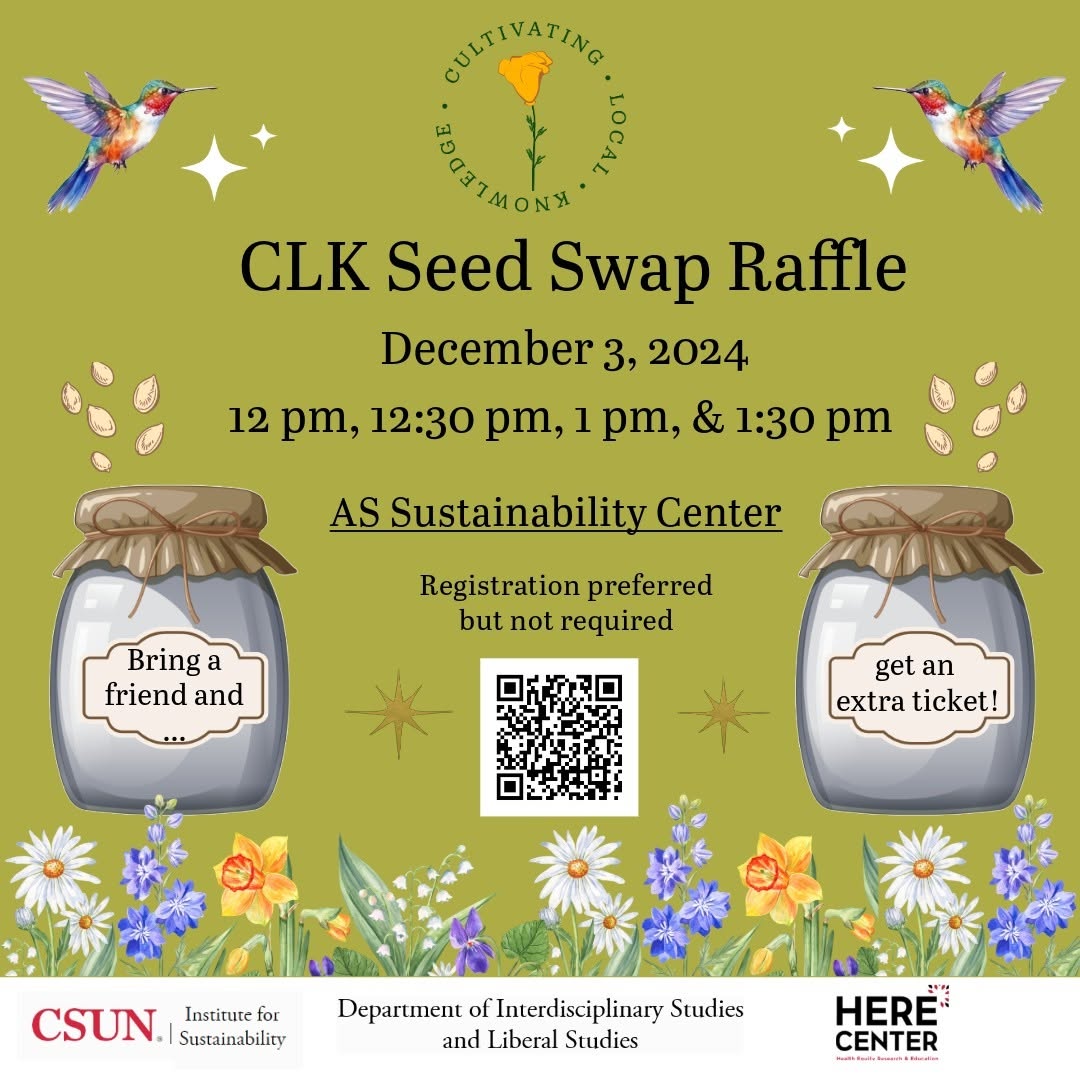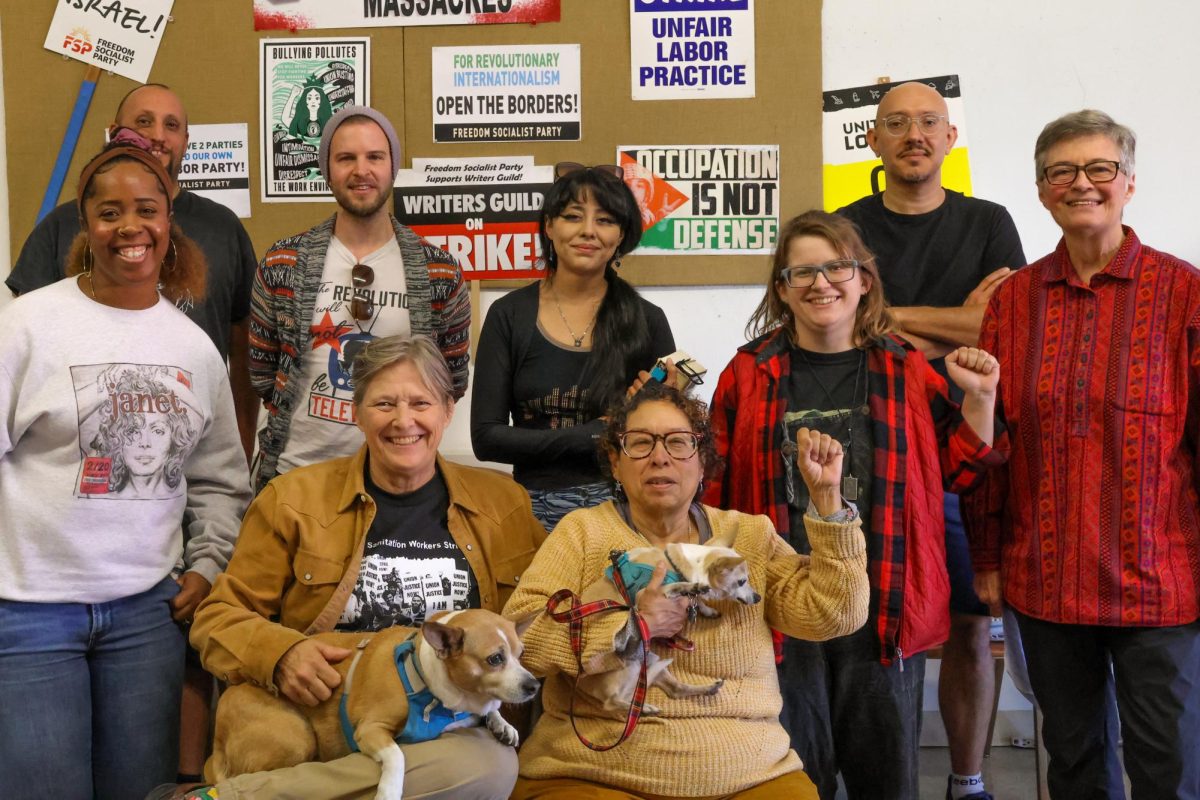The University Student Union at CSUN hosted a Cultural Welcome event in honor of its Latinx student body on Tuesday, Sept. 19, in the Grand Salon as a means of representing and celebrating the cultural identities that make up the campus community.
The event hosted numerous cultural clubs and sororities that students could join, along with nonprofit groups that specialize in providing resources for Latinx students. Food items such as tamales and empanadas were provided for students to eat, alongside soft drinks like Jarritos, a soda from Mexico made using sugar cane.
There were numerous games from Latin America that students could play. such as Lotería, a game similar to bingo featuring cards with images instead of numbered balls, alongside a raffle people could participate in after signing in.
Sam Torres is the president of Movimiento Estudiantil Chicano/Chicana de Aztlán (MEChA) at CSUN, and was one of the emcees at the event. Torres believes that Cultural Welcome events such as this are a great way to represent some of the identities present at CSUN.
“A lot of what goes into it is the passion that we have for the community,” Torres said. “The passion that we have to share resources and to connect with students, that’s really what drives us to do this.”
Angela Ponce is the treasurer of Colita De Rana, a healing group for Chicanx students at CSUN affiliated with MEChA. Ponce believes Cultural Welcome events like this are built off of communication and provide a sense of community where students, especially freshmen, might struggle to find due to an influx of new responsibilities and freedoms.
“So we want to try to have ways for them to be able to be like, ‘Hey, this is a community that you might like to get to know people with and to enjoy events like that and everything,’” Ponce said.
Torres further explained that cultural events often provide a space that embraces the customs and traditions of represented backgrounds.
“One of the biggest and beautiful parts of the Cultural Welcome is not only to have a place for tabling and all that, but I mean, listen to the music,” Torres said. “Look at the decorations. The food that we have. It is an embracement of our culture, as a whole identity as students, and it is a very big factor that we are also heard and seen, and the resources are accessible to everybody.”
One cultural-based resource present at the event was Hermanas Unidas de CSUN. Evelyn Dominguez, a representative for the group, stated that Hermanas Unidas provides leadership opportunities for Latinx students, as well as a place for them to connect with one another.
“Our organization is made up of three pillars: academics, social networking, and community service,” Dominguez said.
Dominguez further explains that Hermanas Unidas hosts study halls for its participants to aid one another, and holds conferences for members from different chapters to congregate and communicate with one another as a community. Hermanas Unidas also participates in community services, such as beach cleanups.
The Cultural Welcome event further showed its appreciation of Latinx culture by hosting a Jalisco dance set provided by Ballet Folklorico Aztlán de CSUN. This club performs traditional Mexican dances both on and off campus, which includes high schools.
The Jalisco dance originated from the Mexican state of the same name and differentiates itself from other traditional dances and regions through the very colorful clothes the performers wear. The four songs performed at the event were “Madrugada,” “La Chata,” “El Autlense,” and “Son de la Negra.”
Jazmin Garcia, who represented Ballet Folklorico Aztlán at the event, believes that it’s this pairing of colorful clothes and choreography that helps make Jalisco unique among dances.
“Every girl has a different color dress,” Garcia said, “And there’s just, like, a lot of ribbons and a lot of movements. The most unique part, I think, about it is when people do turns, it almost looks like a flower. And so when it’s a group together, it’s just like a group of flowers. And I just think that’s really beautiful.”
Before the event ended, Ballet Folkorico Aztlán performed four separate dances, alternating between dances that consisted of two women, five men, or a combination of the two groups. The event officially concluded not long after, having lasted three hours.
CSUN will be hosting similar Latinx-focused events in the near future, with a DEI Latinx Heritage Month workshop being hosted in the Lake Balboa & Reseda Room at the Northridge Center, as well as a Día de los Muertos celebration being held at the Plaza Del Sol on Nov. 2.
